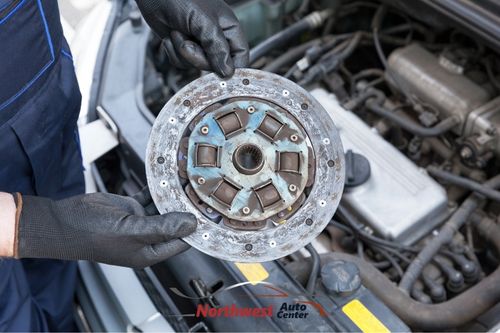
A soft clutch can be a clear sign that a replacement is in order. As your vehicle’s clutch wears down, it may begin to feel soft and spongy when you press down on it. This inconsistent feeling is a sign that you should bring your vehicle into a shop to get it looked at.
If your clutch is allowed to break down completely, your car eventually won’t move.
What Exactly Is a Soft Clutch?
For those who have never heard the term, “soft clutch,” before, it’s simply a reference to a clutch that has been worn down to the point that it feels spongy, or soft, when you put pressure on it. Conversely, if the clutch pedal feels like it’s harder to push down, the pressure plate springs may be getting worn and it’s still a good idea to have a shop look at it.
When you depress the clutch, it should have a consistent spring to it all the way down. If you’re being met with little resistance from the clutch pedal, this may be a sign of low clutch fluid. It would be time to have a shop check the clutch master cylinder fluid level and to check for leakage anywhere in the system. Most times, the clutch slave cylinder or clutch master cylinder is leaking and one or the other (sometimes both parts) may need to be replaced.
Vehicles are expected to go through several clutches across their average lifespan, so this isn’t an unusual or unexpected fix.
Signs of a Soft Clutch
As a responsible vehicle owner, you’ll want to familiarize yourself with the common signs and symptoms of a soft clutch. After all, you don’t want to be left stranded with a slipped clutch and a broken-down car.
The Catch Point Is Moving
When a clutch becomes soft, drivers may notice that there is a shift in where the catch point (place where the clutch engages) is located. The point will become higher as the clutch becomes worn, which can cause difficulty when you’re operating your vehicle. At a minimum, you’ll need to take your car to a trusted mechanic so the system can be inspected. The catch point can be manually adjusted at this point if it’s a mechanical style clutch (as in an older model vehicle) to ensure proper drivability. Newer style hydraulic clutches can’t be adjusted manually, as the hydraulics in the system negate that need.
The Clutch Is Overheating
As your clutch begins to go out, it may also have a propensity to overheat. When this occurs, you may notice that while it initiates when you press down, it then begins to disengage before you’ve released the clutch. This is referred to as “slipping” and can result in an overheated clutch and a strong burning smell.
Trouble Shifting Gears
If the clutch is starting to slip, drivers will begin to notice that it becomes difficult to shift gears. Once a clutch has slipped (worn out), the power is no longer able to move from the engine to the transmission. For those driving a stick shift, there may be an audible noise from grinding gears as the transmission struggles against the shift.
Hesitation When Accelerating
Another symptom of a worn clutch is that when you go to accelerate, (after clutch engagement), engine RPM’s go up and the vehicle barely moves. This is often a sign that the power is still with the engine and isn’t actually reaching the transmission. A slipped clutch can absorb power and will need to be repaired as quickly as possible to prevent further damage.
Are You Having Issues With a Soft/Worn Clutch? Bring Your Vehicle In Today!
Northwest Auto Center of Houston is here to help you diagnose and resolve any issues with your clutch. If you’ve noticed a spongy feeling when you press the clutch down, bring your vehicle in and we are happy to inspect it for you and advise you how to repair the problem! Give us a call at (281) 894-8880. We are here to help!


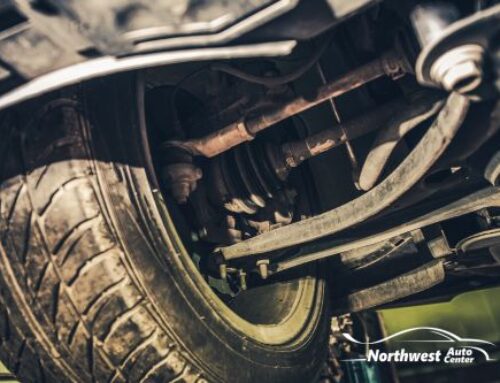
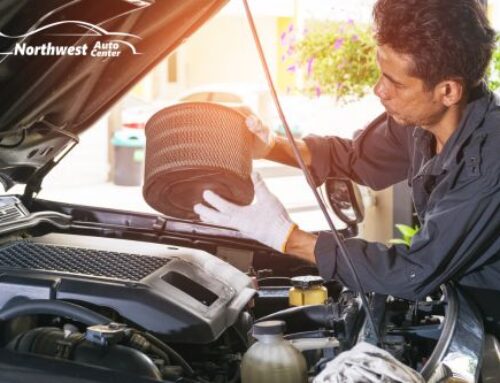
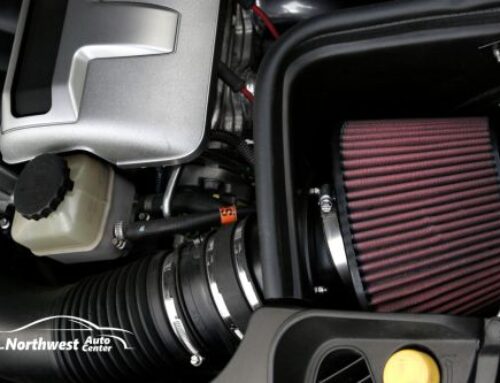
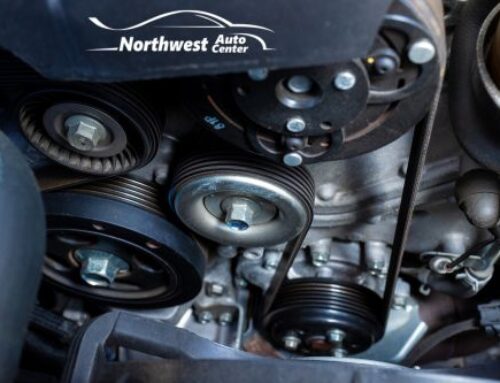
Leave A Comment
You must be logged in to post a comment.